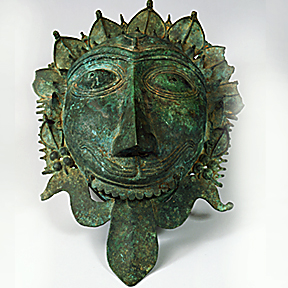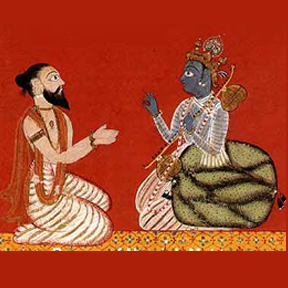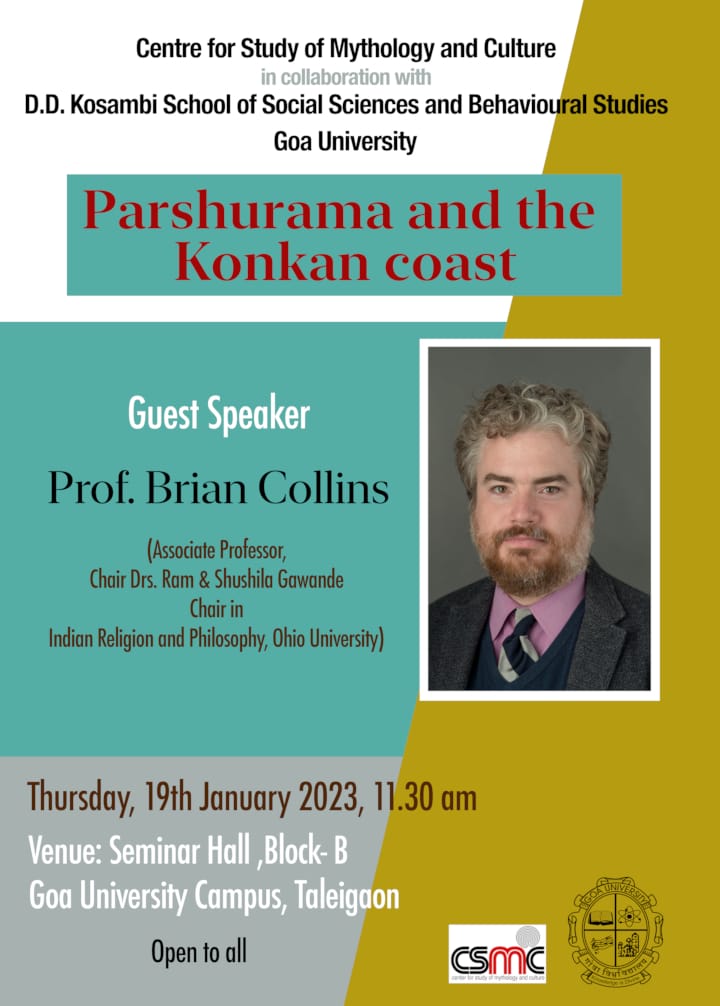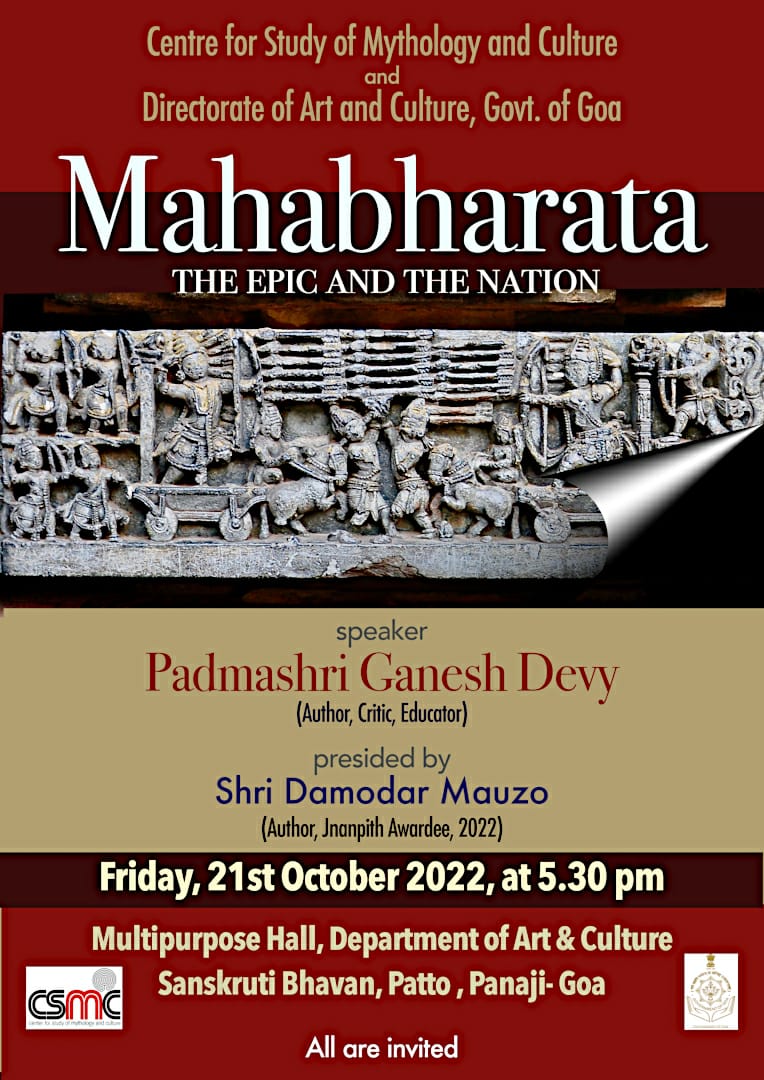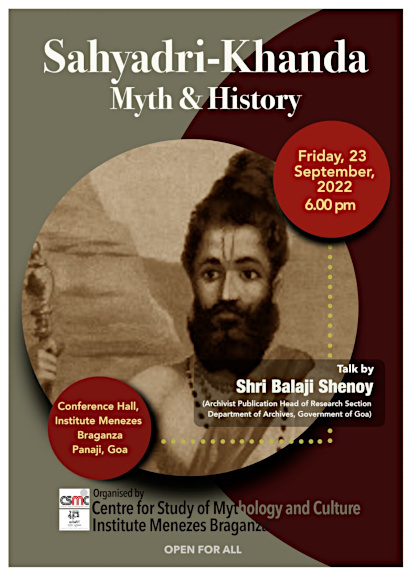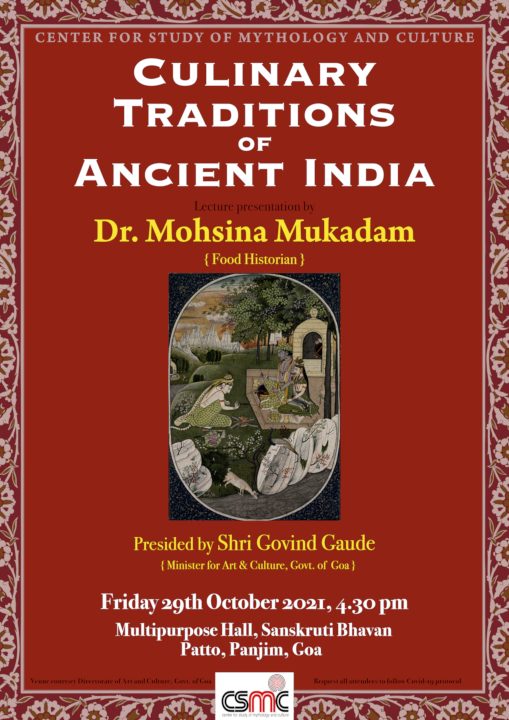
Many tales from the Indian subcontinent are dedicated to understanding and explaining human behaviour. Stories from Panchatantra are well known for explaining human behaviour through animal characters. In particular, tales about friends are a common motif explored to provide insight into human nature. The following tale is from Kathasaritsagar, a collection of various tales originally written in 18 volumes, compiled by 11th c. Sanskrit pandit, Somadeva.
Tittibha, a bird lived with his wife near the sea shore. He was very happy, as his wife was about to lay eggs. One day the lady bird said to Tittibha “We should move away from the sea shore. I am afraid that the sea might wash away our eggs”. But Tittibha was very confident and said, “Oh my dear. Don’t you worry. The sea cannot challenge me”. Lady bird was amused and said ” Don’t you think your words reek of arrogance. How can you match the mighty ocean? We must follow good advice, otherwise we might lose our little ones.” Then she reminded Tittibha of the story of the tortoise and swans. While transporting the tortoise to a large pond, with him dangling on a stick gripping the stick with his mouth, the swans had advised the tortoise not to open his mouth. But the foolish tortoise saw the crowd below cheering and opened his mouth, lost his grip, and fell to the ground and was dashed to death. “We must prevail in good sense and follow the advice given to us by good people”. Tittibha retorted, “That might be true dear. But listen to another story and you will understand my plan to deal with the mighty ocean”. Thus he narrated the story to his beloved wife.
There were three fish friends by the name, Anagatavidhata, Pratyutpannamati, and Yadbhavishya who lived in a pond. One day a fisherman passed by the pond and he saw the pond filled to the brim with water, he said to himself, ” There must be a large amount of fish in this pond. I must come with my net, and I am sure I will get a good catch”. Hearing this Anagatavidhata decided to leave the pond and he swam away into a nearby river. But Pratyutpannamati and Yadbhavisha stayed on thinking they will deal with the danger when it comes. Few days later the fisherman arrived with his huge net and threw it into the pond. Both Pratyutpannamati and Yadbhavishya got caught in the net. Pratyutpannamati stood still without any movement, as if he were dead. But Yadbhavishya, like other fishes, tried to escape the net trying to jump back into the pond waters. When the fisherman pulled the net out, indeed he had got a good catch as he had anticipated. So he started picking up the fresh fish and dumped all the dead fish back into the waters. Since Pratyutpannamati was lying still without moving, the fisherman thought it was dead and flung it back into the pond. Pratyutpannamati instantly swam deep into the waters and escaped. But Yadbhavisha kept struggling to escape from the net, and was killed.
“So my dear wife, like Pratyutpannamati who devised a plan and fearlessly faced danger, I will make a plan and face the sea. For now, let us not live in fear.” Assured by Tittibha’s words, the lady bird stayed by the sea side and as the time came she laid three healthy eggs. One night the high tide waters of the sea rose up and carried away the eggs. Lady bird wailed in pain” Tittibha, didn’t I warn you. Look, the wicked sea has taken all our eggs”. Tittibha, consoled his lady bird and said ” My dear don’t cry. I will teach a lesson to the sea and bring back the eggs”. He gathered a large group of birds and went to the king of birds- Garuda. Tittibha praised Garuda with flattering words and then begged for his protection by narrating his problem .Garuda was pleased to hear all the praises showered upon him. But he was unable to resolve Tittibha’s problem. The mighty ocean was beyond the scope of his powers. Garuda realised if he did not help Tittibha, the whole bird kingdom would lose faith in him as their king . So Garuda appealed to his master Vishnu and explained his predicament. Vishnu dried up the sea with fire and forced the ocean to return Tttibha’s eggs.
This story talks about three friends and the different approaches to life. Anagatavidhat was cautious and he immediately left the pond to avoid danger. Yadbhavishya was foolish as he believed and blindly followed Pratyutpannamati’s words and went on to face danger without a plan, and lost his life. But Pratyutpannamati was shrewd. He had already devised the plan to save his life. But it is Tittibha , who knew how to devices a strategy and extract help from people in times of need.
Story Collected By : Vidya Kamat
Text Source: Tales from Kathasarita By Arshia Sattar
Location: Pan India
Image copyright: Vidya Kamat







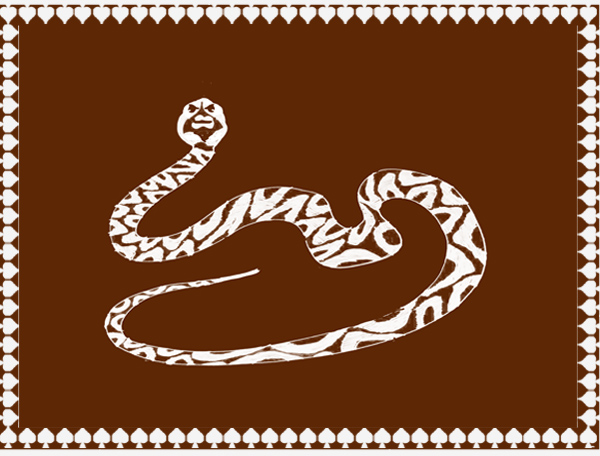
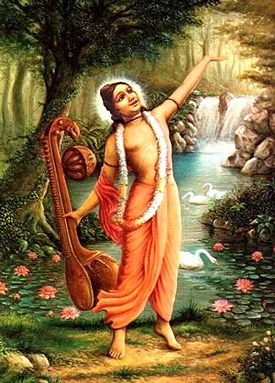

 On the slopes of Himawat, once stood a lovely Salmali tree. It was a very large tree under whose shade travellers took shelter, hermits practised penances, birds and butterflies took refuge. It was said that Lord Brahma himself had rested under the shade of the Salmali after he had finished creating the Universe.
On the slopes of Himawat, once stood a lovely Salmali tree. It was a very large tree under whose shade travellers took shelter, hermits practised penances, birds and butterflies took refuge. It was said that Lord Brahma himself had rested under the shade of the Salmali after he had finished creating the Universe.
